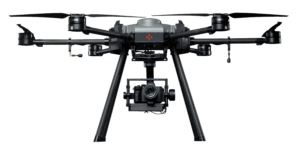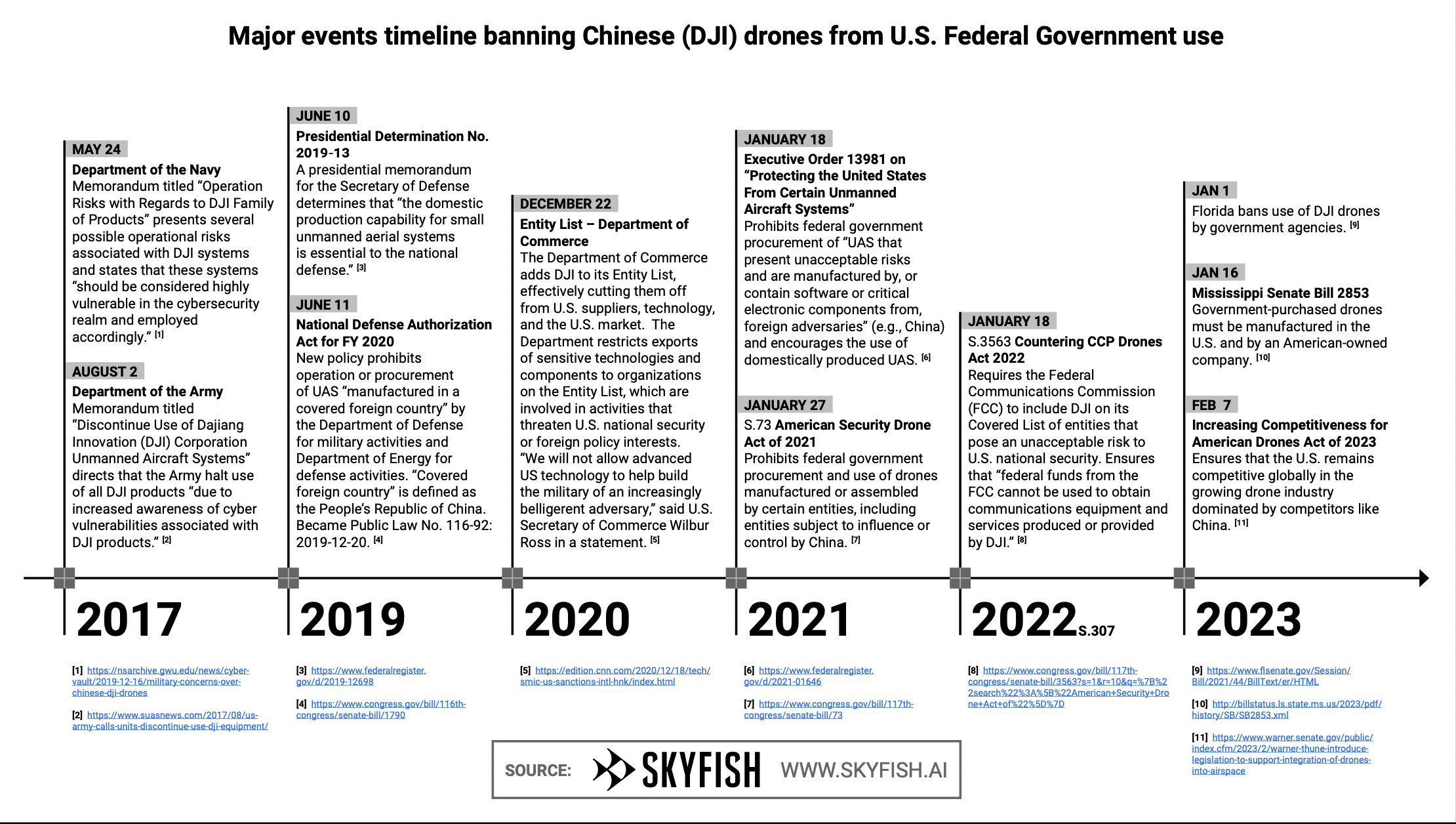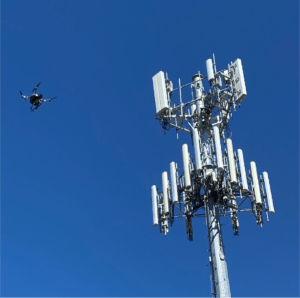 US Drone Company SkyFish on the Made in the USA, NDAA Compliant Market: A Timeline
US Drone Company SkyFish on the Made in the USA, NDAA Compliant Market: A Timeline
News and Commentary
Continue reading below, or listen:
Over the last six years, the number and size of US-based drone manufacturers – and their opportunities – have grown significantly. Skyfish, US manufacturers of engineering grade drones, says this can be attributed in part to the efforts of the U.S. Federal Government to ban Chinese drone technology and grow the domestic market. The timeline they’ve published shows the government’s increasing pressure to reduce their reliance on foreign-made drone platforms from 2017 to the present. Laid out in graphic form, it’s clear that efforts to reduce US reliance on imported technology continue to influence the development of domestic drone manufacturing.
“The ban on Chinese drone technology has created an opportunity in the market for U.S. manufacturers,” says Dr. Orest Pilskalns, CEO of Skyfish. “Skyfish is one of the companies that has been able to develop our offering and grow significantly as a result.”
The graphic below is a fascinating look into the policies driven by geopolitical events, the pandemic, the investment environment, and other technology fights – like the Huawei struggle in telecom – all of which have contributed to government efforts to limit exposure to Chinese technology while supporting what has come to be recognized as a critical manufacturing capability in the U.S.

The Skyfish timeline begins in 2017, when the Department of the Navy and the Department of the Army published memorandums recognizing the risk of cybervulnerabilities in drone platforms manufactured in China. By this time, many U.S. drone manufacturers were already founded and developing their platforms, although only a few were readily available, and most relied upon foreign manufactured parts. Aerovironment, founded in 1971, began making hand-launched drones for the military in the 1980s. Other small commercial drone companies including 3DR (2009), AgEagle (2010), PrecisionHawk (2010), Skydio (2014), Skyfish (2014), and ecosystem players like AirMap (2015) were either in development or manufacturing product on a smaller scale.
DJI was founded in 2006 in the manufacturing and engineering hub of Shenzhen, China, and by 2017 DJI was the dominant player in the recreational and commercial drone market, holding a market share estimated at 70-90%. Having raised $75 million from U.S.-based investors in 2015, in 2018 the company was valued at close to $15 billion and was rumored to be planning an IPO.
Although DJI did not market its products for military use, many government users often simply purchased commercial off the shelf (COTS) drones, rather than work through the process of procurement given the relatively small expense involved. The memos instructed Army and Navy personnel to stop using DJI drones and any that relied upon their components. (See our 2017 article and text of the memo here.)
Also in 2018, former President Trump enacted sweeping tariff reform, targeting Chinese manufacturing and heating up the China/U.S. trade conflict. A Huawei executive was arrested in Canada on accusations of violation of trade sanctions.
2019: A Turning Point
A turning point for the domestic drone industry came in 2019, when for the first time, a presidential declaration established small drone platforms as “essential to the nation’s defense,” in a reference to the 1950’s Defense Production Act. The declaration made clear that the government held dual goals: limiting exposure to foreign technology and supporting the domestic industry.
This shift in mindset for small drones was followed by the introduction of the National Defense Authorization Act, which called for a ban on U.S. government use of drone technology manufactured by covered foreign entities. (See some of our coverage of the NDAA and efforts to ban Chinese-made technology.) The NDAA was significant, not least because it gave U.S. manufacturers a way of certifying that their platform was secure, or “NDAA compliant,” by meeting the requirements outlined and established a clear pathway to identifying “Made in the U.S.” drone platforms.
In July of 2020, as the pandemic took hold around the world, consumers and businesses were experiencing significant supply chain disruptions, making imported goods more expensive and difficult to access. During the crisis, the U.S. government followed the presidential declaration and the introduction of the NDAA with $13 million in CARES Act funding for the commercial drone ecosystem through the Defense Innovation Unit.
That same month, domestic drone company Skydio scored $100 million in investment funding to fuel their manufacturing; in August of 2020, the Defense Innovation Unit issued their first “Blue sUAS” list, a list of 5 individual drones approved for use by the Department of Defense. (While demonstrating cybersecurity for these platforms, the list was -and is still- limited by the resources of the DIU to test platforms appropriate for DoD use.)
Trade and diplomatic relations with China continued to worsen in 2020, as the U.S. closed the Chinese consulate in Houston amid accusations of industrial espionage and China retaliated by closing the U.S. consulate in Chengdu.
 2021: American Security Drone Act
2021: American Security Drone Act
In 2021, NATO declared China a “security challenge.” Throughout 2021 and 2022, the moves to limit the use of Chinese-made drone technology in government agencies continued.
While the addition of DJI to export and FCC lists may have had limited impact in real terms, by this point the prohibition on Chinese made products for government use was well established, and the profile of domestic drone manufacturers rose as federal purchasers sought alternatives. Investors, recognizing the opportunity, backed U.S. drone manufacturers. Companies sought new ways of manufacturing parts in the U.S.
Government agencies also upped investment in U.S. drone manufacturing, helping the domestic market develop capabilities and giving those companies the opportunity to develop more commercial products. (See our coverage on AFWERX investment.)
What’s Next?
In 2023, federal efforts to support the domestic drone industry have continued, with the introduction of the Increasing Competitiveness for American Drones Act of 2023. As the geopolitical situation evolves, lawmakers have continued calls for a limitation on Chinese manufactured drone tech, like this strongly worded op-ed from Senator Rick Scott, published this week.
Nobody knows how the laws and international relations will evolve in future: but the government efforts to both ban China-made drone technology and develop the domestic drone industry have undoubtedly influenced the market. From only a few manufacturers 10 years ago, the domestic drone ecosystem – hardware and software- has expanded dramatically. Manufacturing methods like 3D printing have enabled the domestic production of parts, and companies like Skyfish have opened new manufacturing spaces and hired new domestic production teams to meet demand from both federal and commercial customers. Foreign companies like French manufacturer Parrot have invested in U.S.-based manufacturing facilities to meet new requirements.
“U.S.-based manufacturing, including drone manufacturing, is increasingly important to the security and stability of government operations, as we saw with the pandemic’s supply chain issues, ” says Pilskalns. “That manufacturing and technology capability is only going to be more critical in the future.”
Miriam McNabb is the Editor-in-Chief of DRONELIFE and CEO of JobForDrones, a professional drone services marketplace, and a fascinated observer of the emerging drone industry and the regulatory environment for drones. Miriam has penned over 3,000 articles focused on the commercial drone space and is an international speaker and recognized figure in the industry. Miriam has a degree from the University of Chicago and over 20 years of experience in high tech sales and marketing for new technologies.
For drone industry consulting or writing, Email Miriam.
TWITTER:@spaldingbarker
Subscribe to DroneLife here.
https://dronelife.com/2023/03/10/u-s-drone-company-skyfish-on-the-made-in-the-u-s-a-ndaa-compliant-market-a-timeline/
 Unmanned Aerial Vehicle The latest drone news
Unmanned Aerial Vehicle The latest drone news



